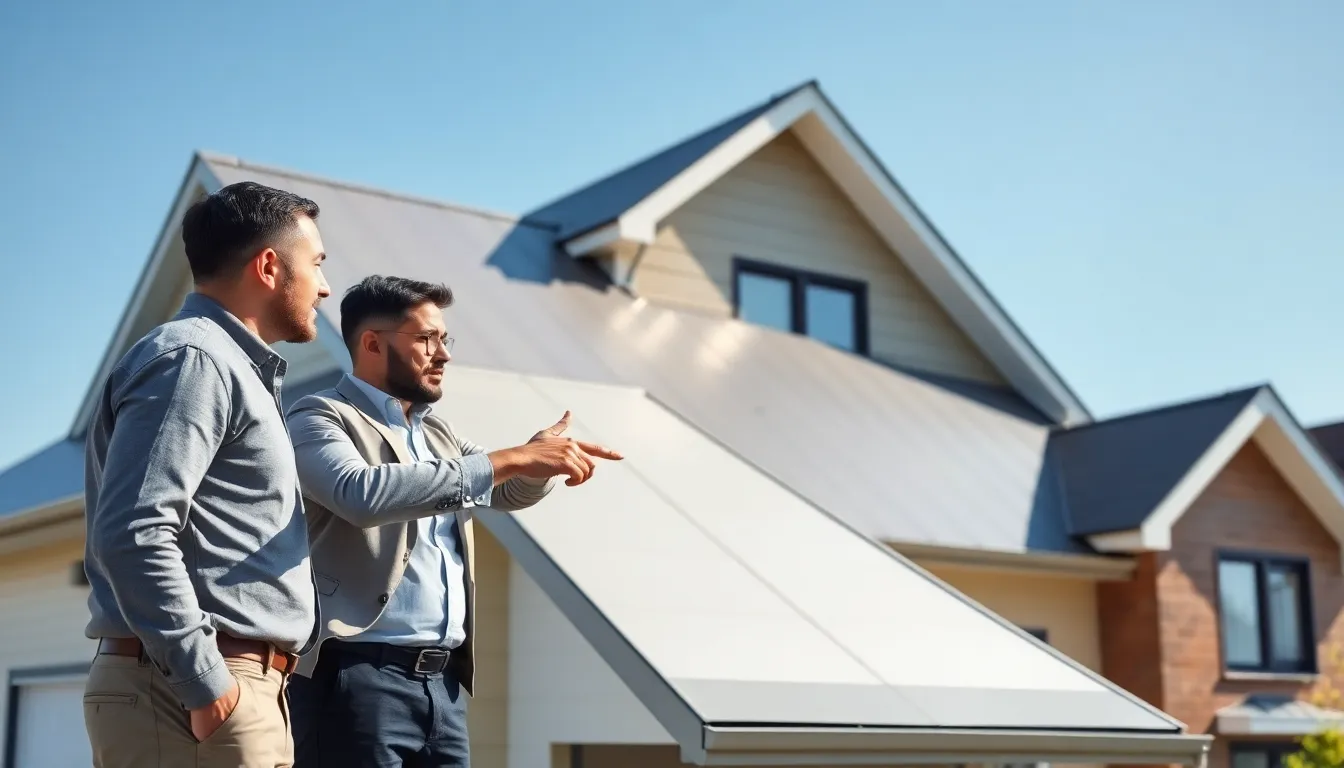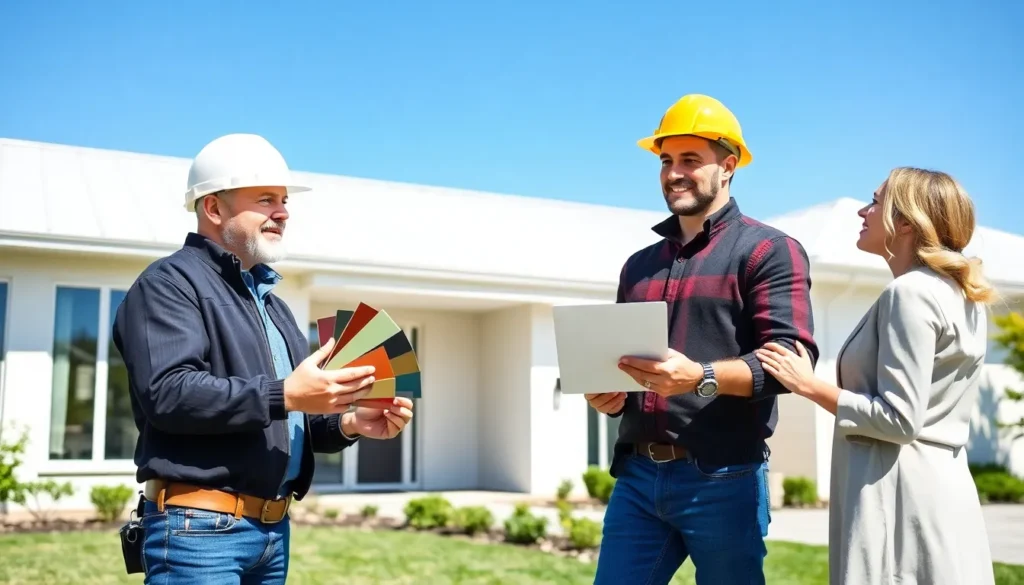Table of Contents
ToggleIf you’ve been on the fence about what roofing material to choose, you’re not alone. Enter vinyl roofing: the superhero of home exteriors that promises to save your wallet and your sanity. It’s durable, easy to maintain, and frankly, it just looks great. But wait, don’t go running off to your local hardware store just yet. This comprehensive guide will walk you through everything you need to know about vinyl roofing, so you can confidently make a decision without breaking a sweat, or the bank. Let’s immerse.
What Is Vinyl Roofing?

Vinyl roofing is a type of roofing system made from polyvinyl chloride (PVC), which offers homeowners a blend of strength and flexibility. This material is engineered to withstand various weather conditions while maintaining its aesthetically pleasing appearance. Popular in both residential and commercial applications, vinyl roofing comes in various styles and colors to match any architectural design. Made to resist issues common to other types of roofing, like cracking or fading, vinyl roofing is a reliable option that keeps homeowners smiling from the first installation to many years down the line.
Benefits of Vinyl Roofing
Vinyl roofing is often hailed as the best friend of homeowners, and it offers an array of benefits that are hard to ignore. Here’s why vinyl roofing should be at the top of your list:
Key Features of Vinyl Roofing
When it comes to features, vinyl roofing really knows how to impress. It boasts a lightweight structure, making it easier to install without the risk of straining your home’s foundations. Also, it comes with a variety of aesthetic options, homeowners can choose from classic styles or trendy designs.
Durability and Longevity
Imagine having a roof that can last for decades with the proper care. Well, vinyl roofing can provide just that. Its resistance to UV rays, moisture, and extreme temperatures means it stands strong against the elements. Many vinyl roofs can last 20 to 30 years, meaning less frequent replacements and more cash in your pocket.
Cost-Effectiveness
Let’s talk dollars and cents. Vinyl roofing is typically less expensive than other materials, making it an appealing choice for budget-conscious homeowners. Beyond the initial savings, its durability equates to lower maintenance costs over time. Less hassle and more savings? Sign me up.
Energy Efficiency
Feeling hot under the collar? The right roofing can actually help cool things off. Vinyl roofing is often designed with reflective properties, helping to keep homes cooler during scorching summers. This results in lower energy bills, so you can splurge a little on that fancy ice cream for summer nights.
Vinyl Roofing Installation Process
Now that you’re sold on the benefits, let’s tackle the installation process. Here’s how to ensure everything goes smoothly:
Preparing for Installation
Proper preparation is key to any successful installation. Before getting started, homeowners should clean the installation area and remove any existing roofing materials. Also, it’s wise to inspect the roof deck to determine if any repairs are needed. A solid foundation leads to a flawless installation.
Choosing the Right Contractor
Not all heroes wear capes: some come equipped with tools and expertise. Choosing a licensed contractor with experience in vinyl roofing is essential for a successful installation. A good contractor will not only have references to share but also a portfolio of previous work. Plus, they’ll guide you through local building codes and safety regulations, keeping your project compliant and headache-free.
Maintenance Tips for Vinyl Roofing
Even superhero roofing needs a little TLC from time to time. Here are some maintenance tips to keep your vinyl roof looking like new:
Common Issues and Solutions
While vinyl roofing is low-maintenance, occasional issues can still arise. Common problems include small leaks, punctures, or even algae growth (yes, it happens.). Address minor leaks immediately to prevent bigger problems down the line. A quick rinse with a garden hose or a soft-bristle brush can tackle algae growth, keeping your roof clean and attractive.
When to Replace Your Roof
Knowing when to replace your roof can be tricky, but certain signs point towards getting a new one. If you notice excessive curling at the edges of your roof, large cracks, or sagging sections, it might be time to invest in a replacement. Also, if your roof is nearing the end of its lifecycle (around 20-30 years for vinyl), consider looking into new options. A proactive approach saves money and offers peace of mind, ensuring your home remains a safe haven.
Vinyl Roofing vs. Other Materials
Curious how vinyl roofing stacks up against other materials? Let’s break it down quickly.
- Asphalt Shingles: While more affordable initially, asphalt shingles typically last 15-20 years, requiring replacement sooner, potentially costing more in the long run.
- Metal Roofing: It’s incredibly durable and energy-efficient but can be significantly more expensive upfront. Metal roofs may rust, depending on the quality, which could be a concern.
- Slate/Tiles: These options give a classic feel but at a heavy price and weight. Installation is more complex, often leading to higher labor costs.
In comparison, vinyl roofing often offers the best balance of cost, durability, and aesthetics, making it an all-around winner.





